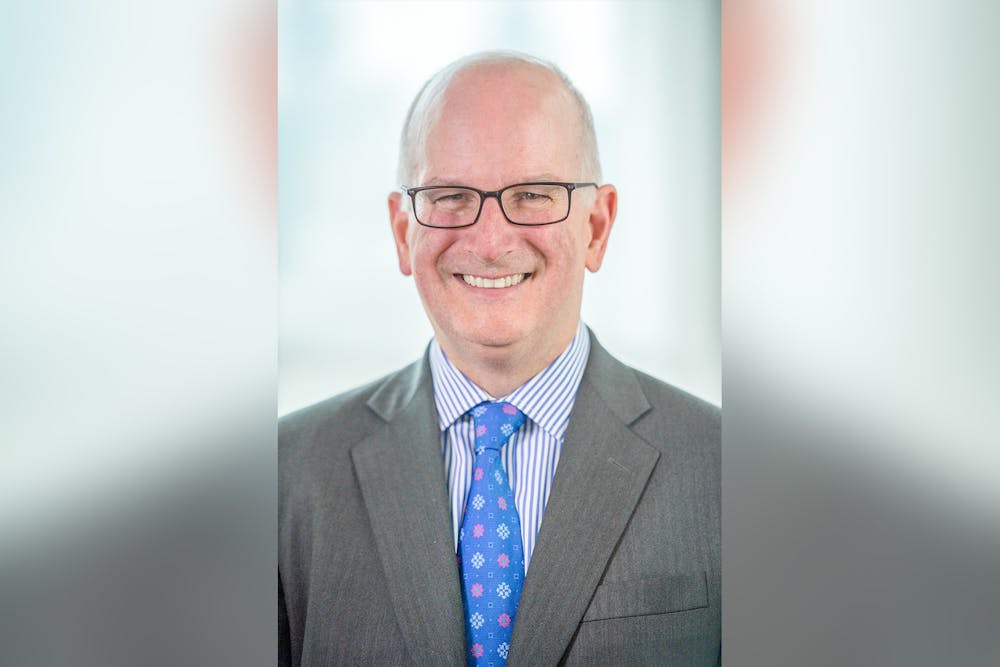CEO of University of Pennsylvania Health System Kevin Mahoney urged the healthcare industry to move from a fee-for-service reimbursement model to a value-based care model at a virtual event on Friday.
The event, titled “The Financial Impact of COVID-19 on Health Care Providers,” was hosted by Penn’s Leonard Davis Institute of Health Economics. Mahoney was joined by several other healthcare experts to discuss the pandemic’s financial impact on health care providers.
Mahoney said hospitals have seen decreased revenue due to fewer elective procedures and inpatient treatment. Although this trend is not new, it has been exacerbated by the pandemic, he added.
Mahoney's proposed solution is to move Penn Medicine into an alternative payment system in the next five to seven years.
“My alternative payment method is not just value, but also how do we build an ambulatory safety net where people don't have to come to the hospitals?” Mahoney said.
The hospital currently has a fee-for-service payment model, meaning doctors and other health care providers are paid for each service they perform. Switching to value-based payment would mean that payment is linked to the quality of treatment, which Mahoney said would make doctors prioritize efficiency in treating patients.
“I need a method where the more efficient I become, the more financially stable I become,” Mahoney said.
Panelist and health policy expert Farzad Mostashari said physician practices engaged in value-based care and payment contracts have generally faired better during the pandemic than those reliant on fee-for-service payment.
RELATED:
Penn Medicine hospitals ranked 15th best in the country by U.S. News
Pennsylvania state universities move ahead with plan to consolidate six schools into two
Mahoney said that with fewer inpatient treatments available, hospitals have looked for ways to treat patients so that they don’t need to enter the hospital. Penn Med had been testing telehealth and other virtual remote care delivery techniques for several years, which allowed them to quickly establish telemedicine programs to meet the massive demand, Penn LDI reported.









